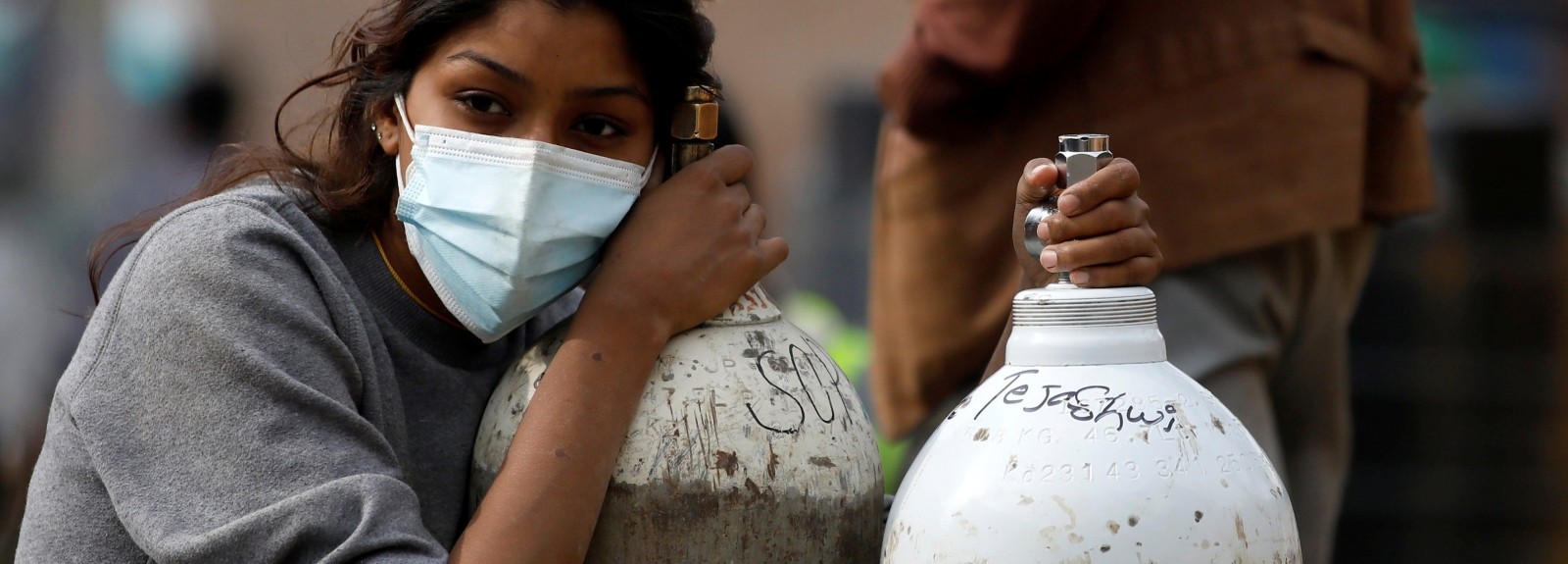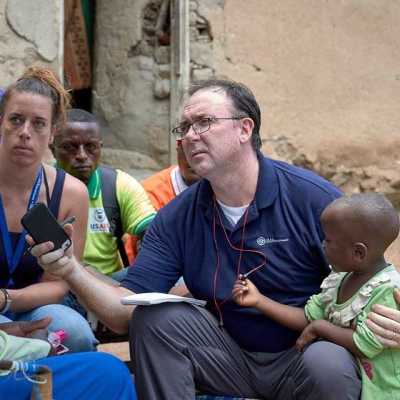In normal times, the 10 oxygen cylinders that serve the hospital where Dr. Subhash Pandey treats patients in Nepal used to last 10 days.
Now — as India's dramatic spike in COVID-19 cases spills over the border — this amount barely lasts a day.
"Most of my patients are in respiratory distress," Pandey said. "They need the oxygen to be able to breathe."
Last week, we shared about the dramatic surge in COVID-19 cases in India and the devastating rise in the death toll — and how the country's health system has nearly collapsed as a result. Now Nepal, which shares a border with India, is headed in the same direction. With infection rates increasing sharply, fewer doctors per capita and a critical shortage of oxygen and other critical supplies, our neighbors in Nepal are in grave danger — unless we act quickly to help.
Health workers: caring for others while caring for themselves
"So many people are coming to us needy, and we help them as much as we can," Dr. Pandey said. "It's a blessed job for us. But we do worry about the kids," he says of himself and his wife, a gynecologist who also interacts with patients every day.
At home they have two young daughters, aged four and three years. "We don't know how much of this virus we are carrying home ourselves," he says.
The rapid pace of infection is taking a toll on the hospital's staff, which has endured the same infection as the public they serve. While extra staff would be welcomed, Dr. Pandey said it's oxygen and personal protective equipment that are in most need.
"This is absolutely a medical emergency," he said. "We do not know what will happen in the coming days."
Rush life-saving support to the COVID-19 frontlines
There isn't a moment to waste. COVID-19 is devastating the world's most forsaken communities and unless we act quickly, many of our neighbors in places like India and Nepal will needlessly die. Your gift today will rush supplies like protective equipment and oxygenators, as well as other basic supplies to families in need who are weathering the challenges of the pandemic.



